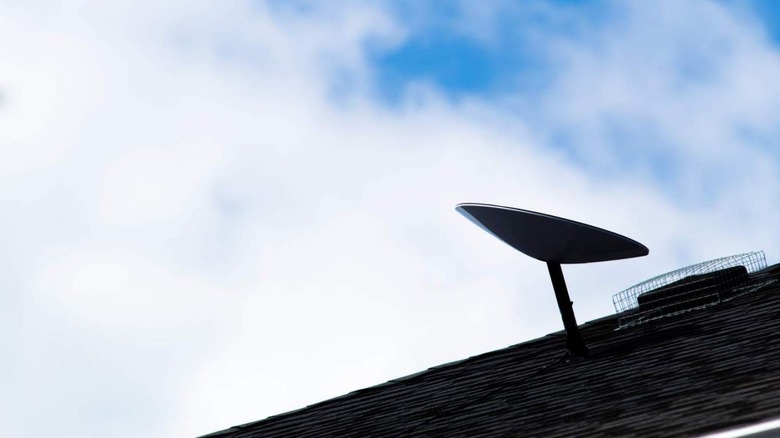Newly Deployed Starlink Satellites Destroyed In Geomagnetic Storm
SpaceX has just announced that it lost up to 40 of its newly deployed Starlink satellites due to a geomagnetic storm. This makes up the majority of Starlink's recent launch. The satellites were launched on Thursday, February 3, 2022, by SpaceX's Falcon 9. Out of the 49 Starlink satellites that were launched, it's unclear how many still remain in orbit and will function as intended.
The plan was to launch the satellites to low Earth orbit – and to begin with, everything seemed to go well. Falcon 9 launched as planned at 1:13 p.m. EST from Launch Complex 39A at the Kennedy Space Center in Florida. The launch was streamed live on YouTube. The Starlink satellites were deployed as part of Falcon's second stage and made it into their intended orbit, which SpaceX notes was around 210 kilometers (130 miles) above Earth. All 49 units achieved controlled flight and likely would have continued functioning if not for the storm that followed.
The company detailed the launch, as well as what went wrong, in an update on its website. SpaceX explained that its satellites are placed in low orbits very close to Earth as a safety precaution. If something goes wrong and a satellite fails to pass initial system checks, it's easily deorbited by atmospheric drag. It turns out that this choice came in handy just one day after the initial launch because, on Friday, February 4, 2022, the storm hit.
Up to 40 Starlink satellites were lost
The storm that heavily impacted SpaceX's latest satellite launch caused an increase in atmospheric temperature and density. The company explains that the storm was severe and readings from the onboard GPS on each Starlink satellite showed that the atmospheric drag was up to 50% higher than during previous Starlink launches. This was a result of the storm itself and the increase in escalation speed that followed.
Of course, the Starlink team did not observe the situation idly — the satellites were immediately ordered to enter safe mode, which SpaceX compares to "taking cover from the storm" and flying edge-on. This action had a chance to save some of the satellites, and while some made it, a lot of them were unable to keep functioning. The atmospheric drag present at these low altitudes kept the Starlink units from ever leaving safe mode in order to raise their orbit.
What comes next? The satellites have already started making their way back to Earth, and some of them have already re-entered the atmosphere. The company assures that they will be destroyed upon reentry and there is no chance of collision or debris ever hitting the surface of the planet.
This failed launch was certainly costly for SpaceX, although the company doesn't divulge how much exactly it lost. It has recently launched its new Starlink Premium service, offering high-speed internet for $500/month, so to follow that with such untimely news is bad luck indeed.

